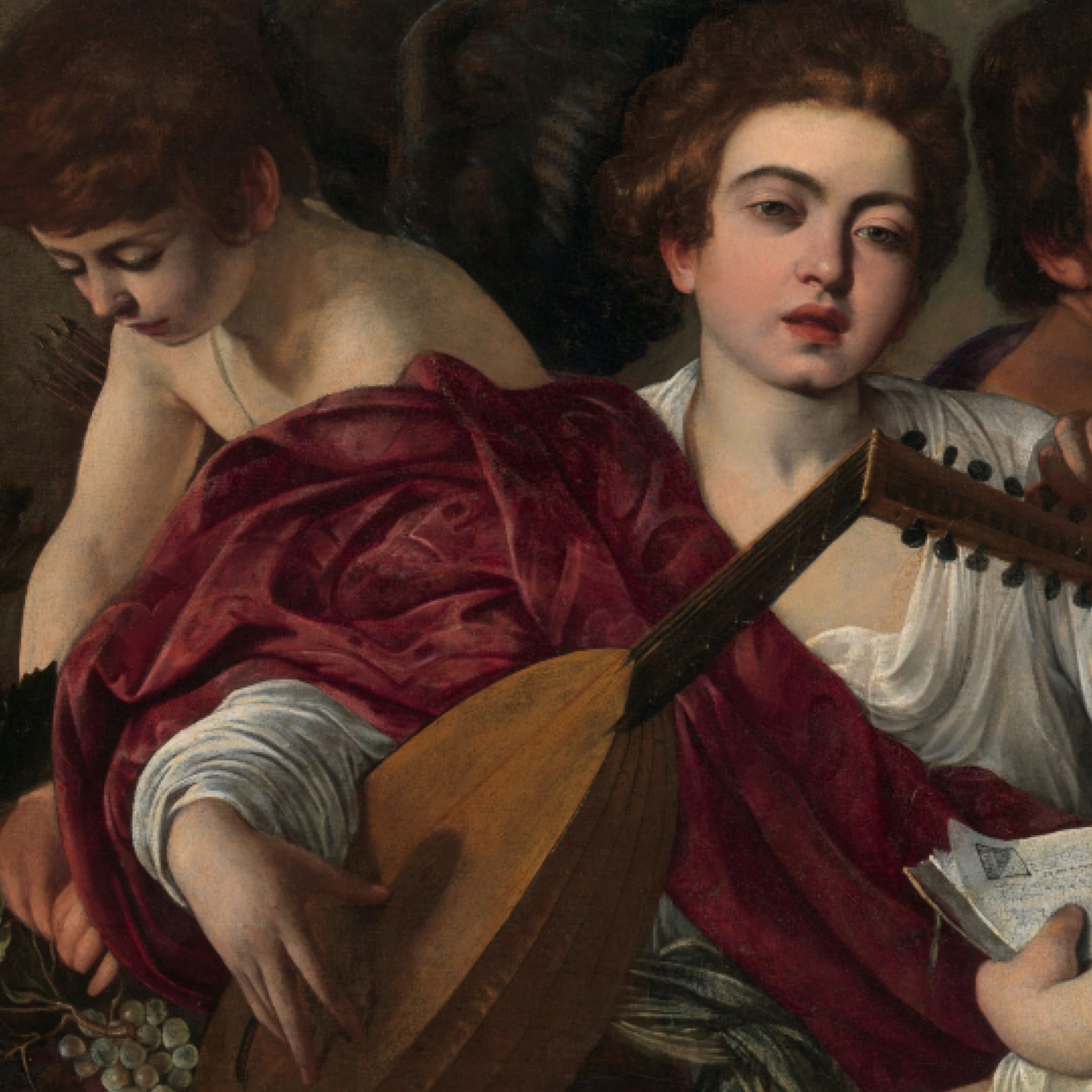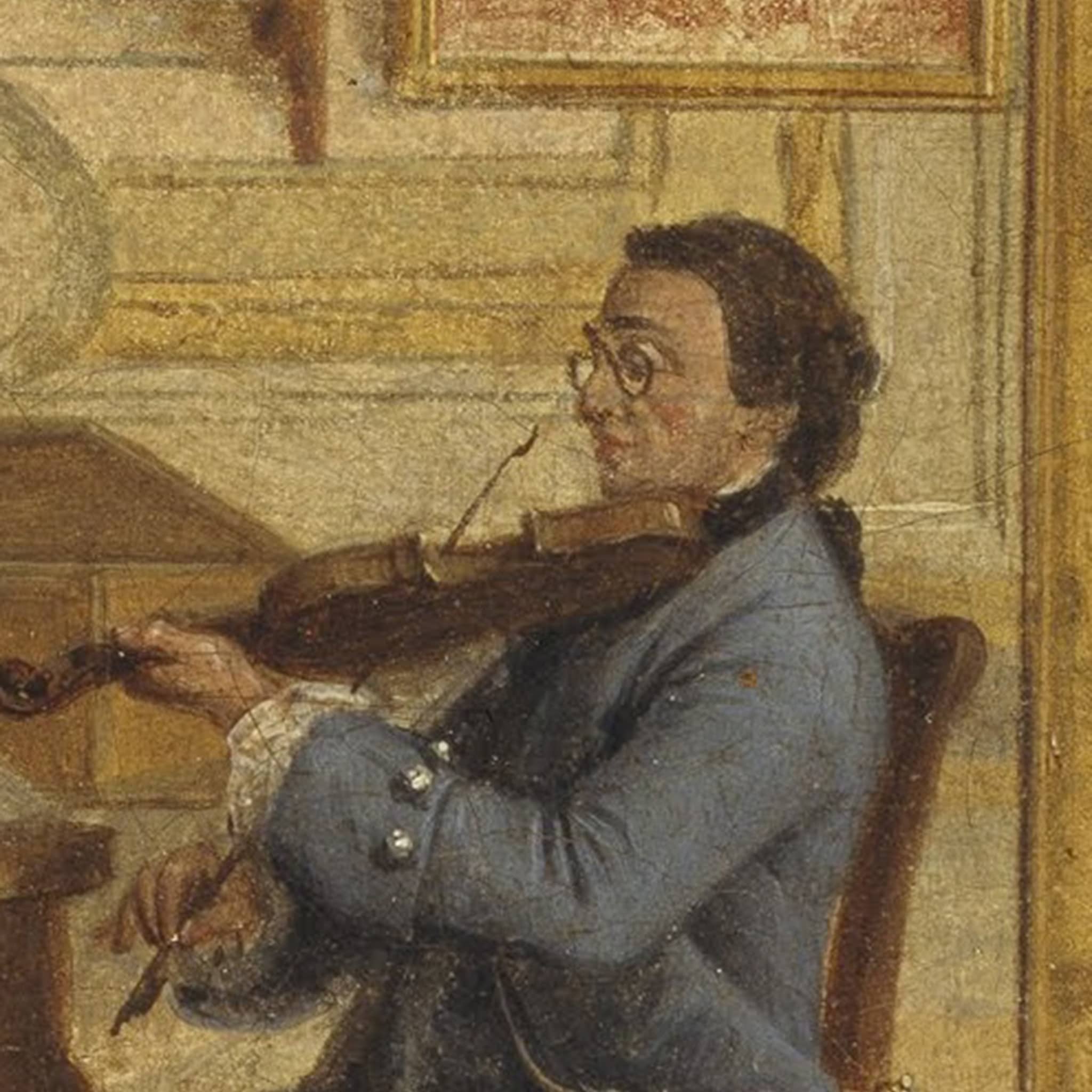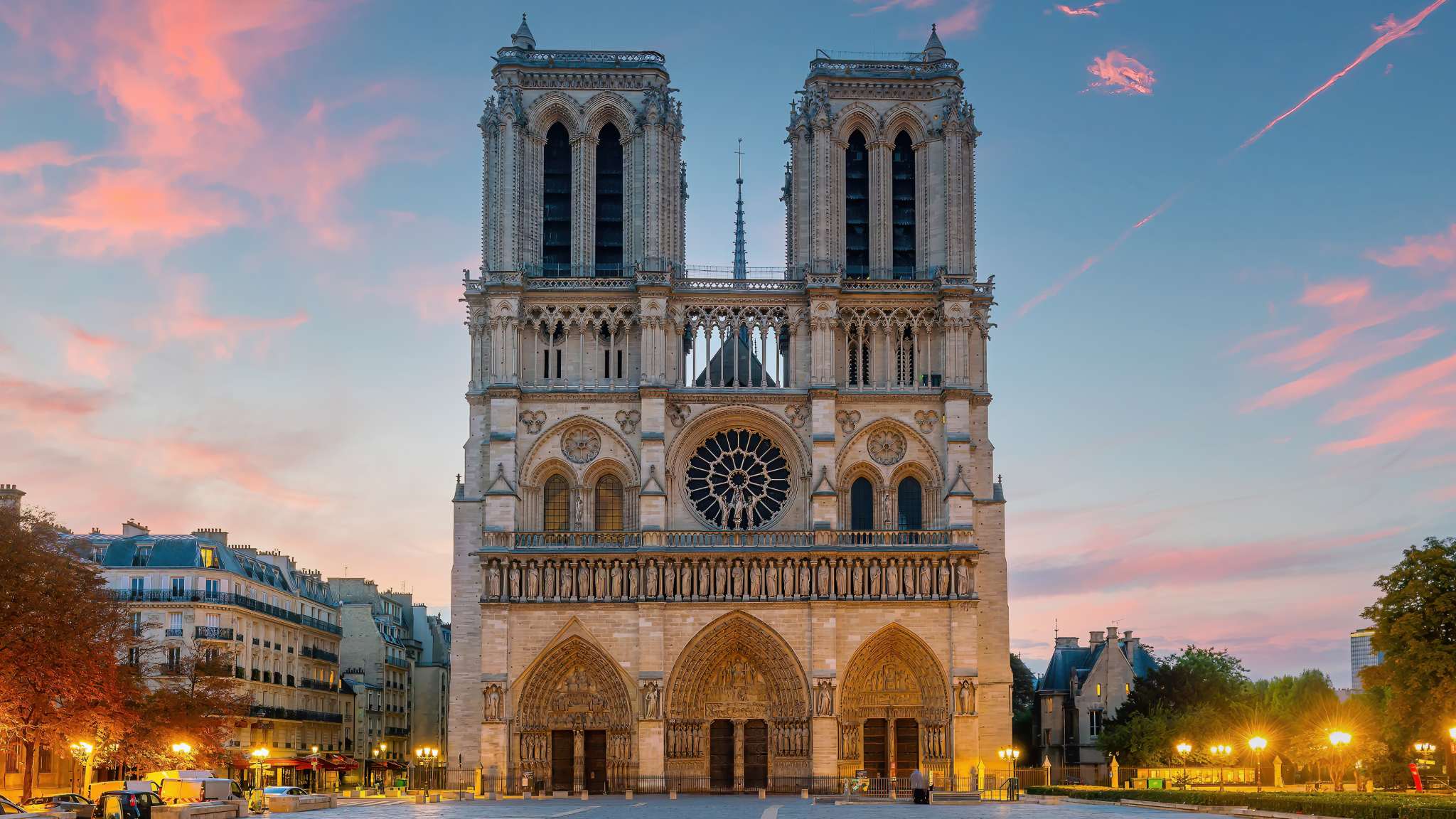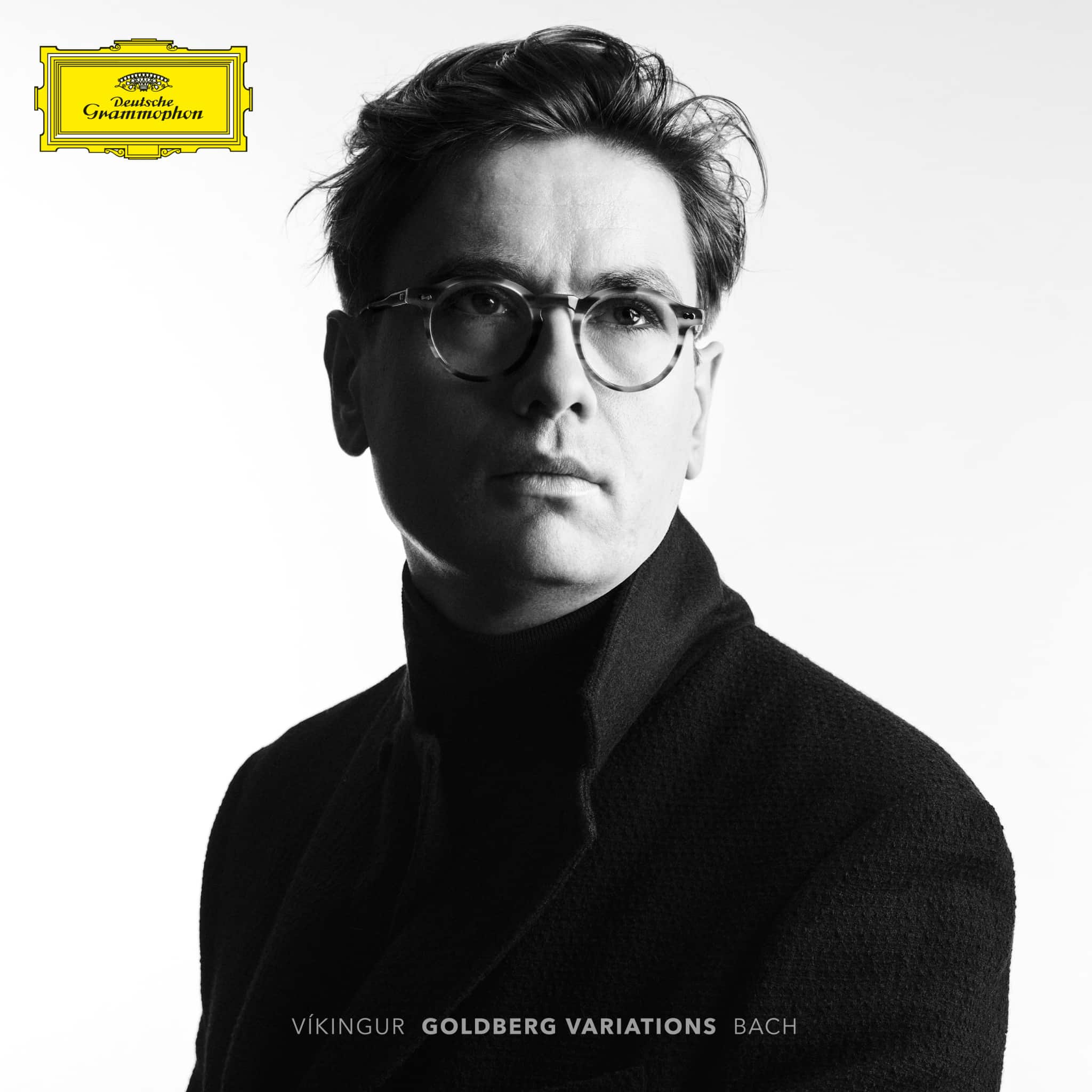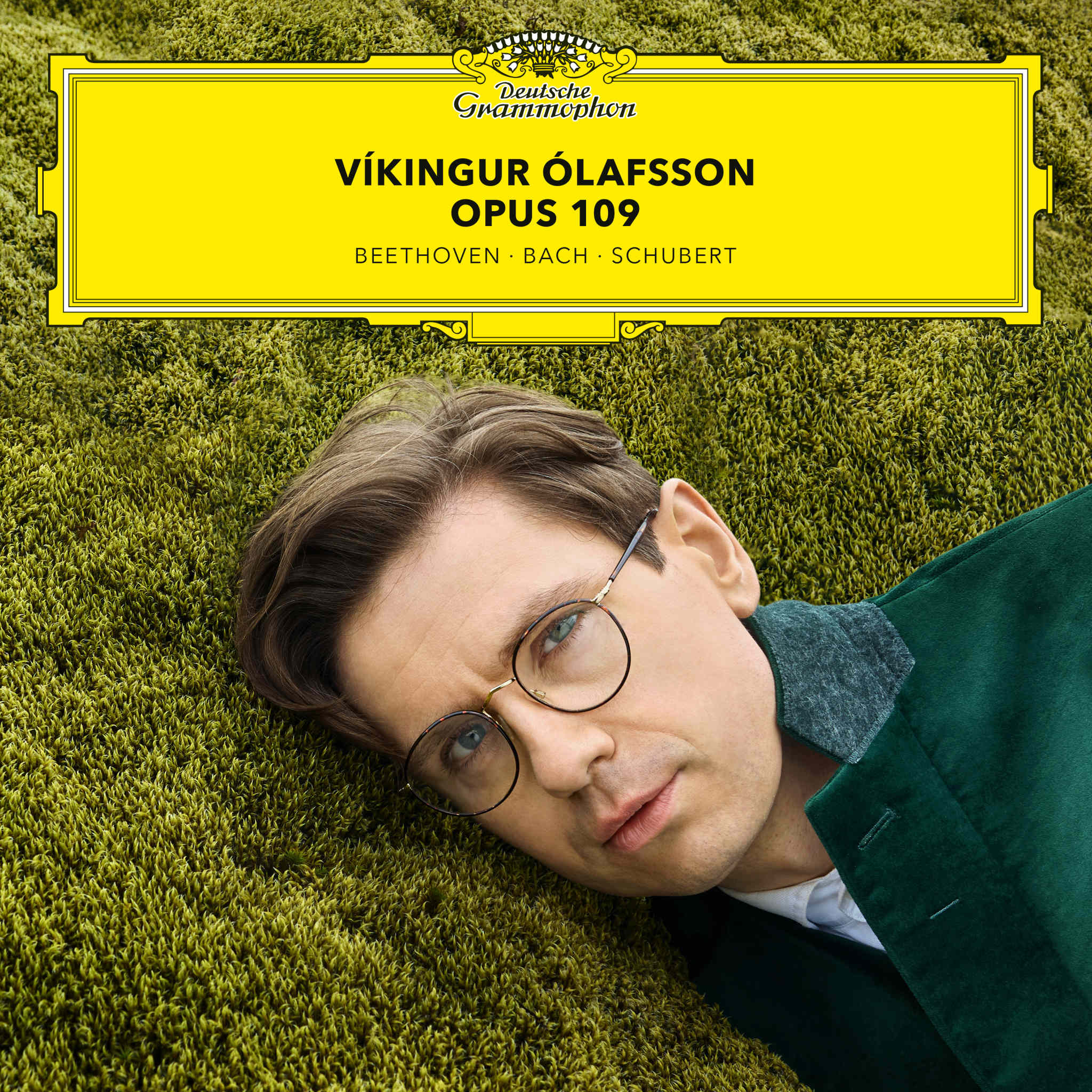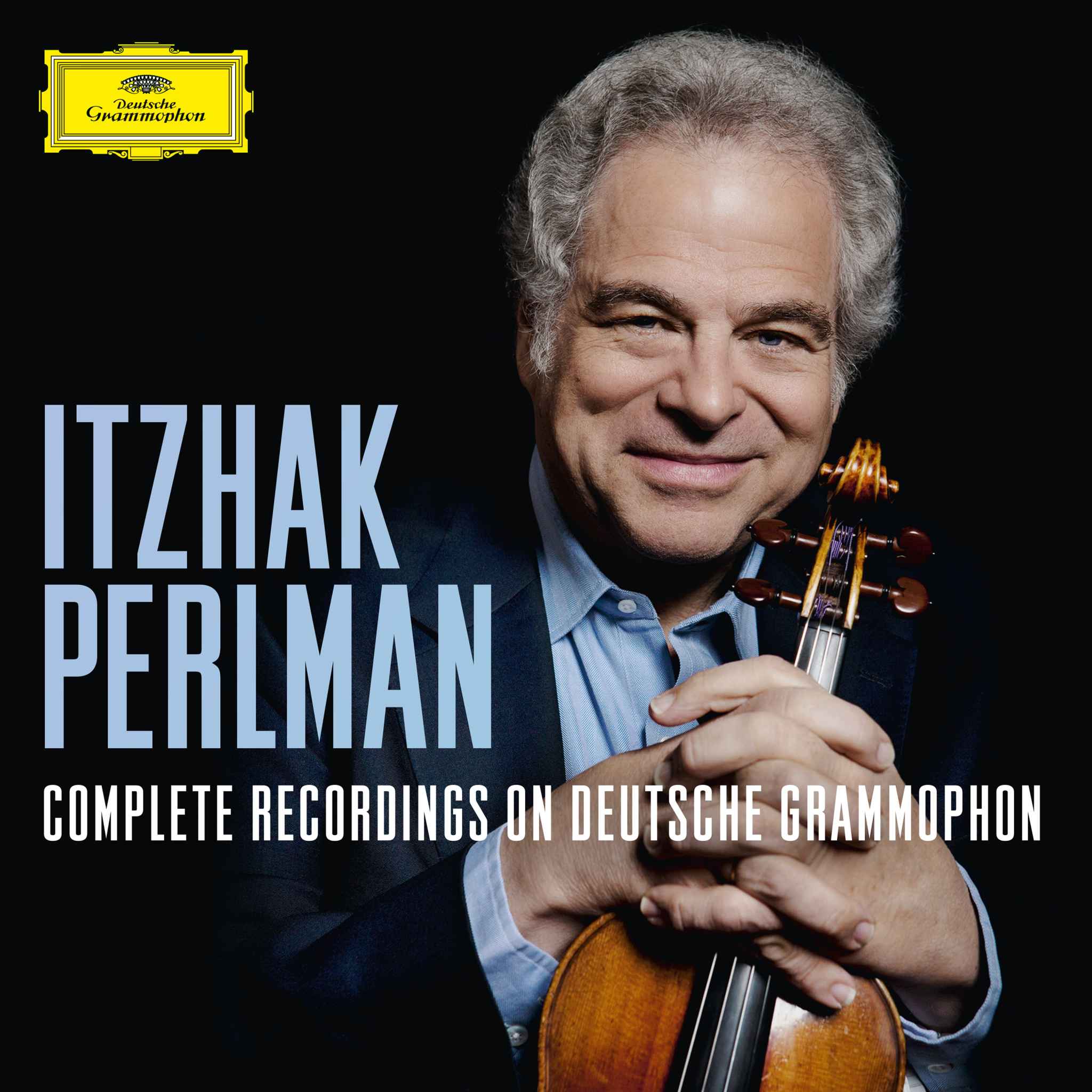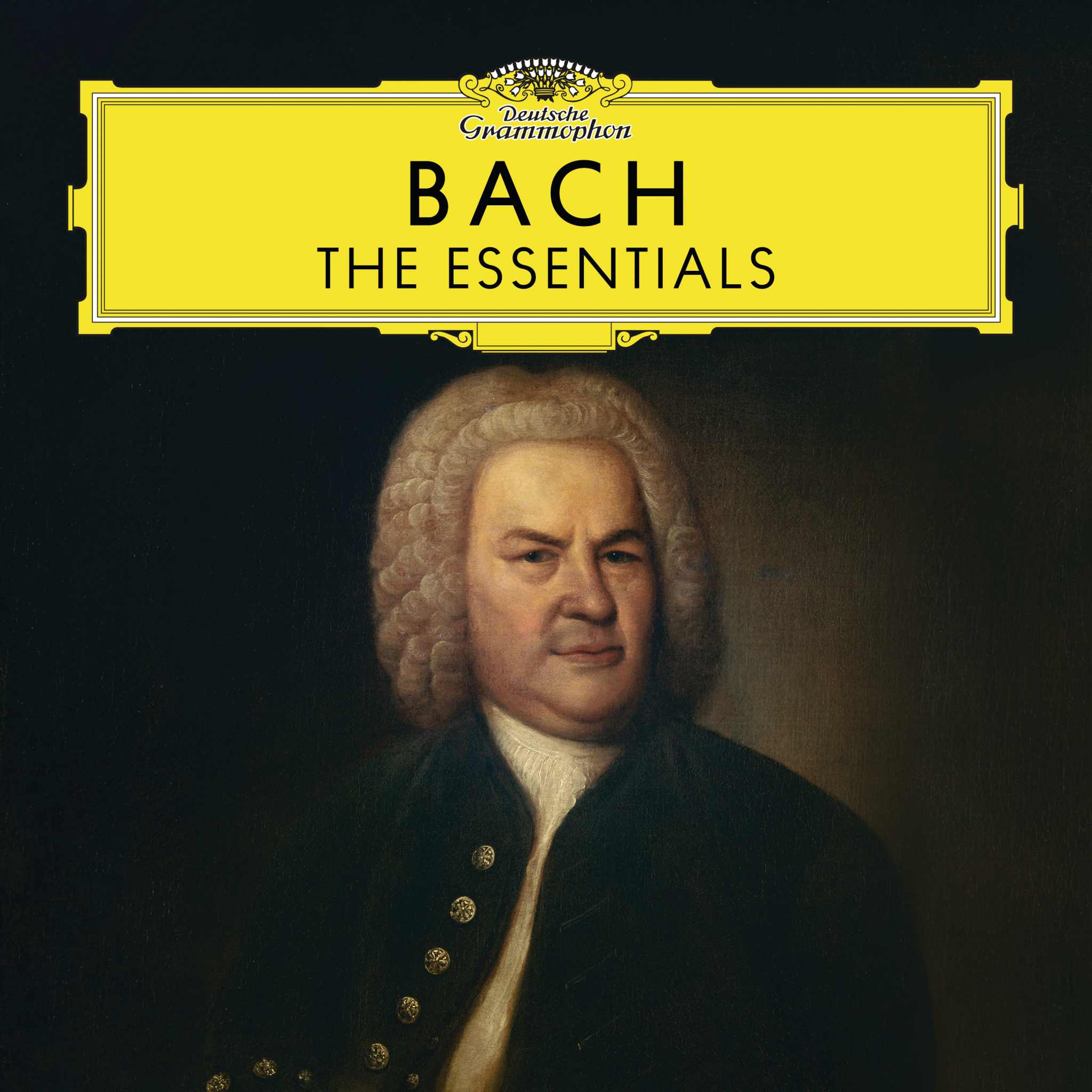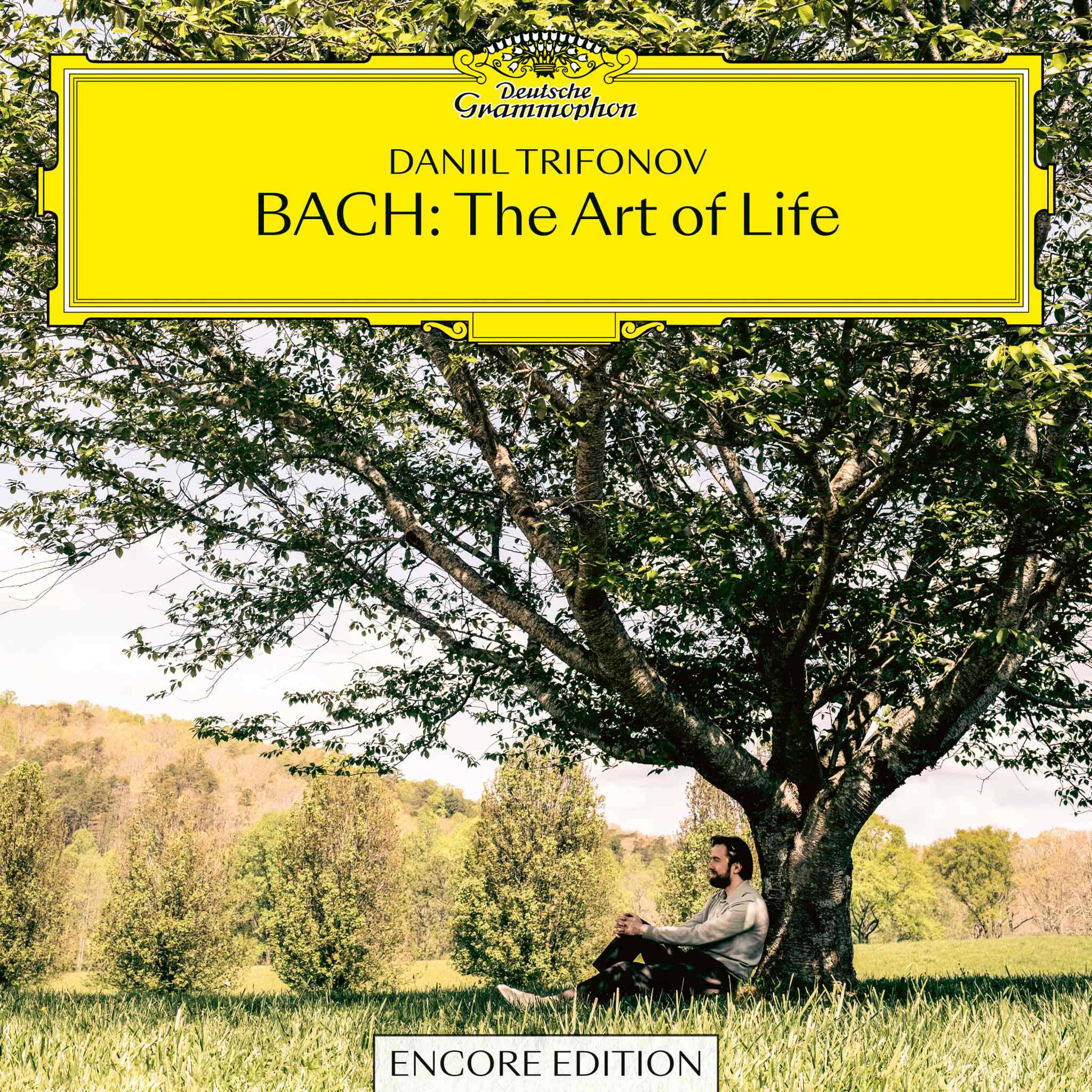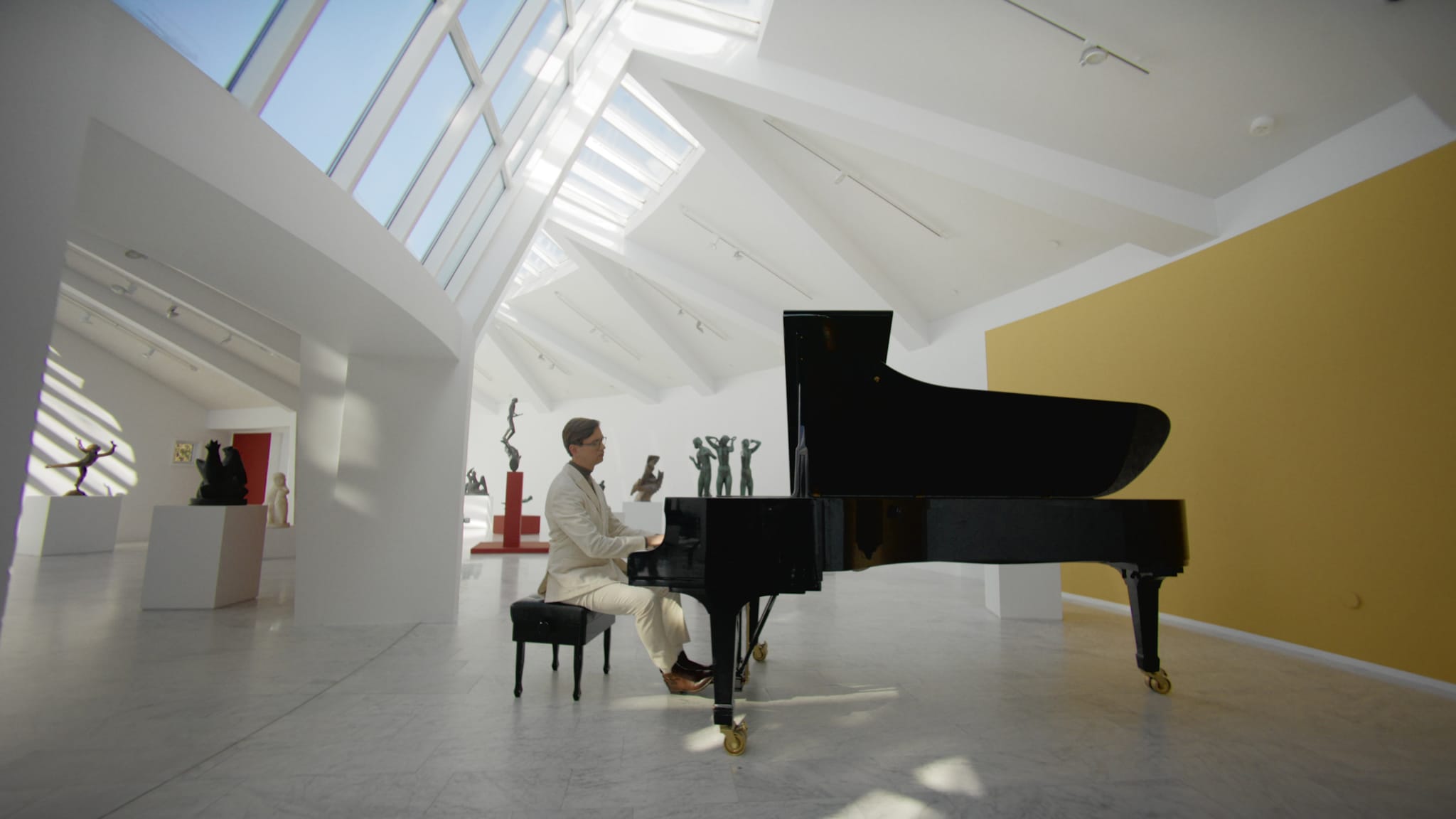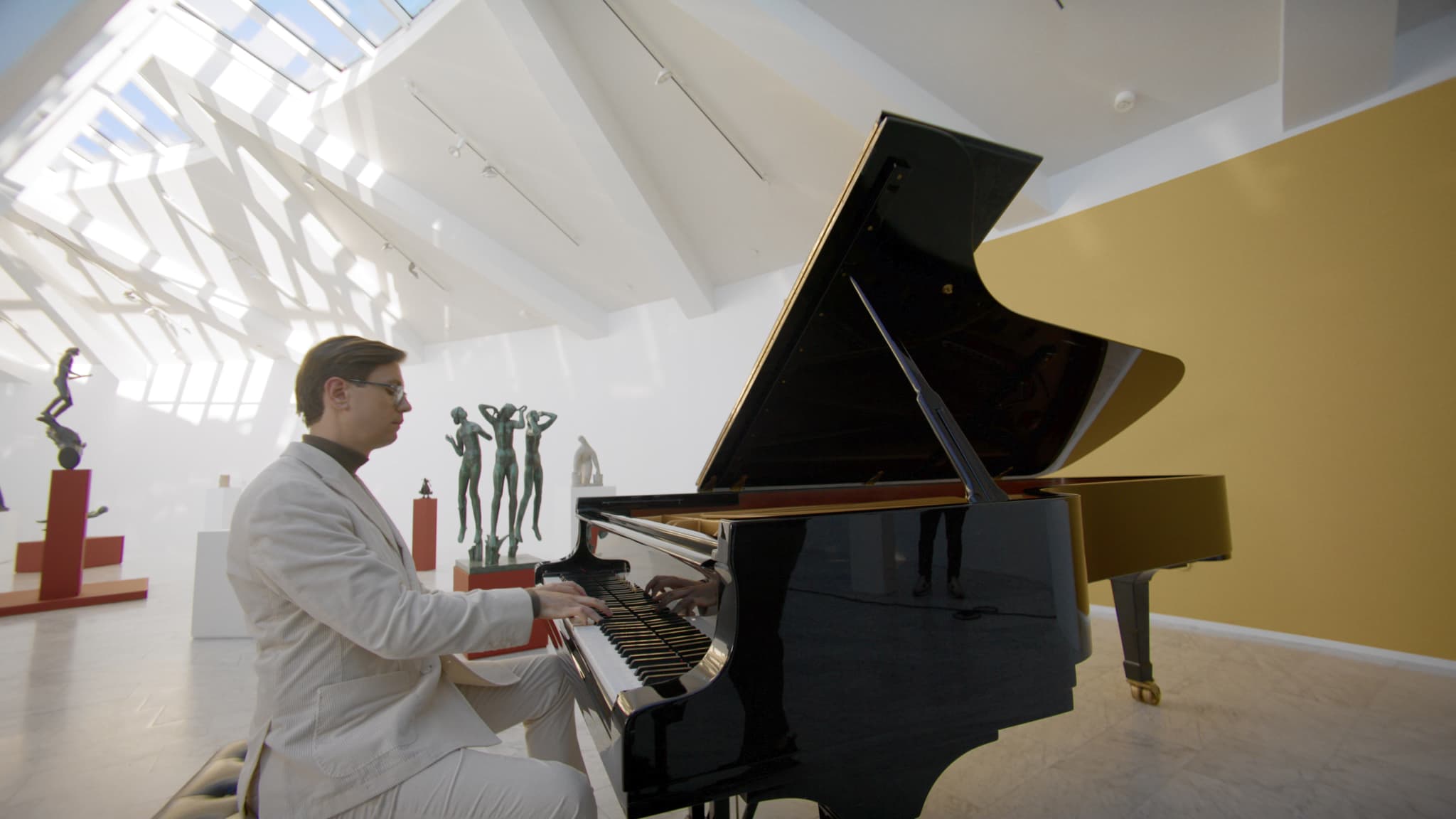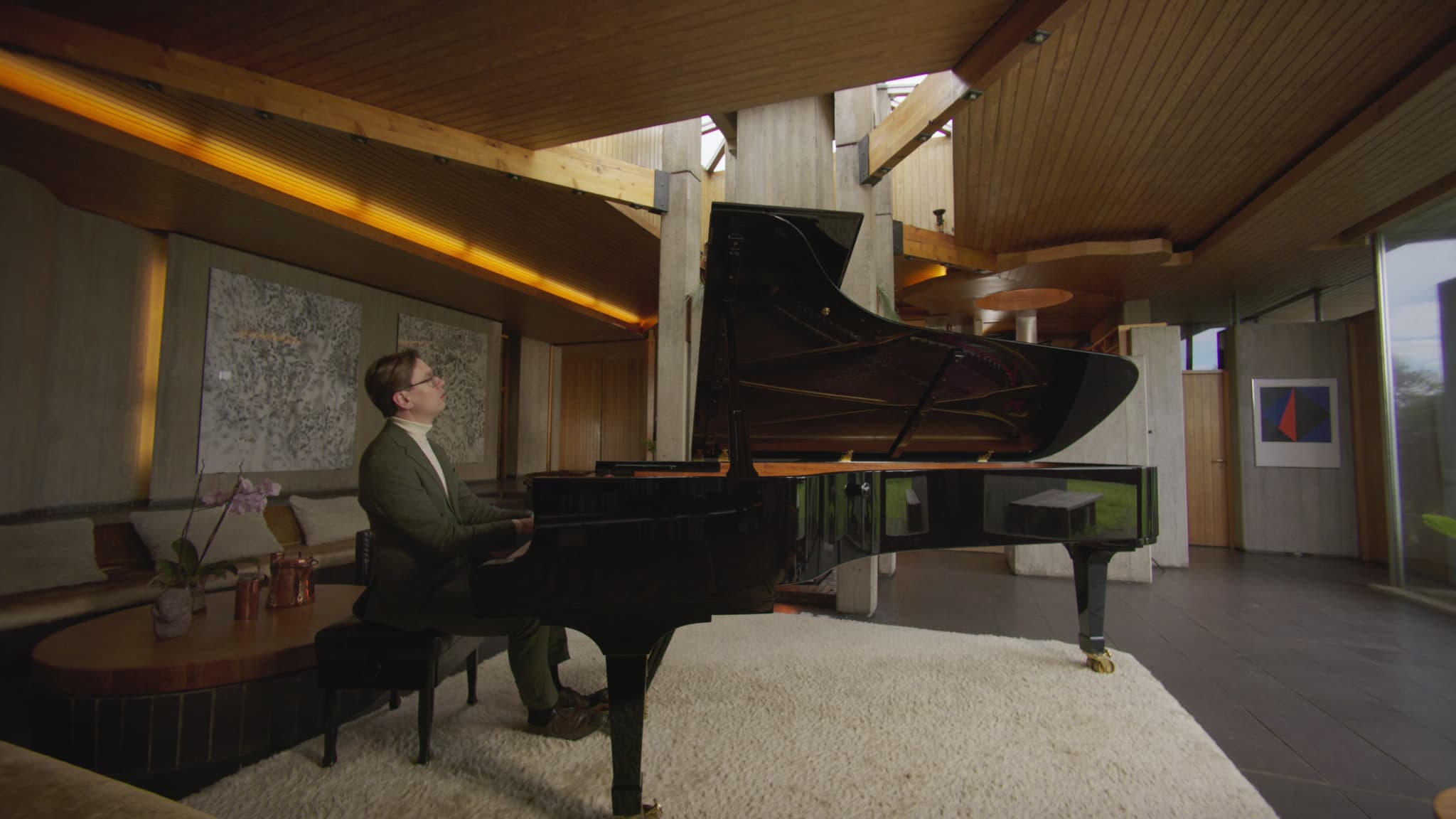Composers
Concerts
Operas
Albums
Documentaries
Interviews
Short Videos
AboutBaroque
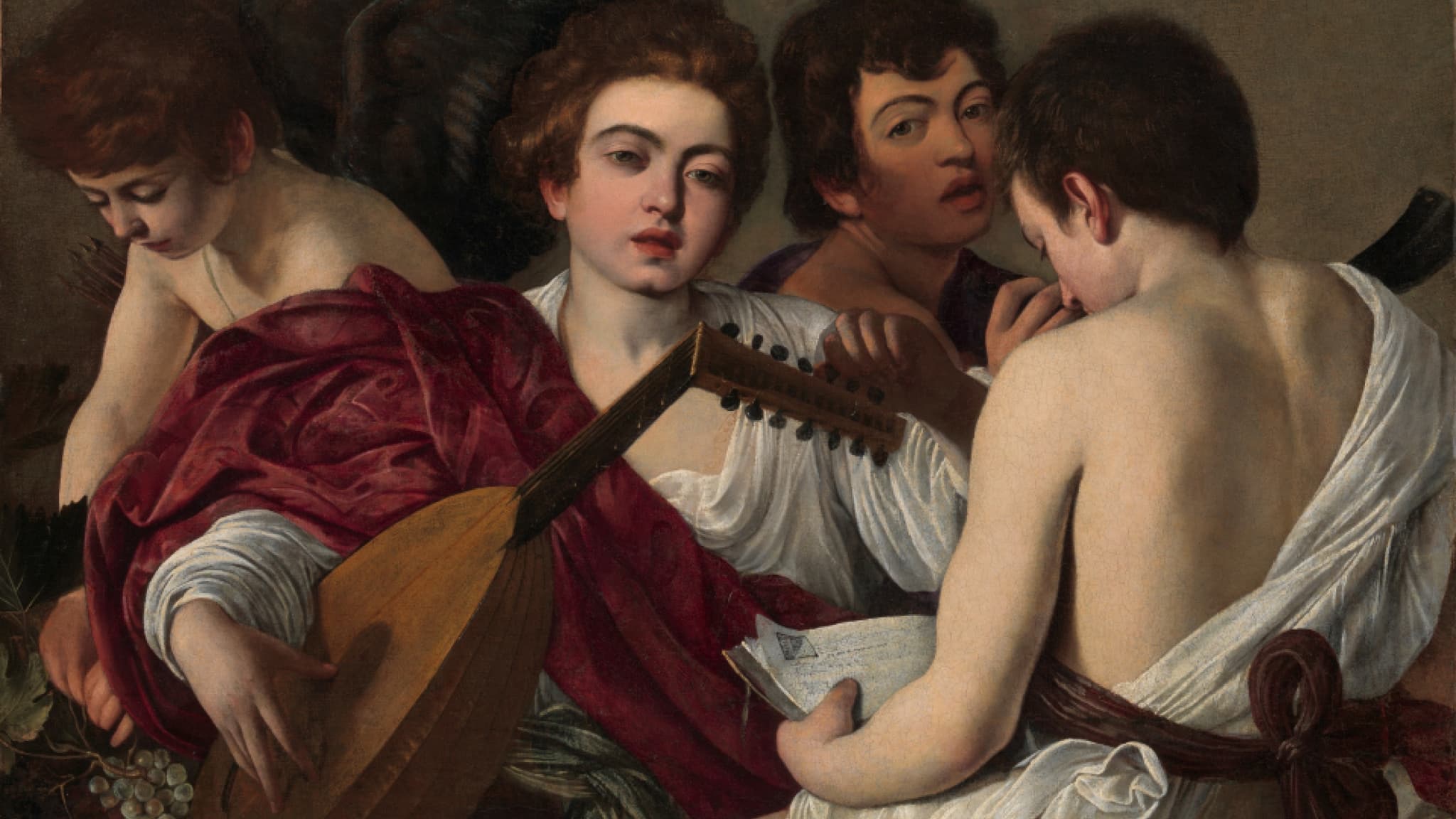
The Italian word "barocco" describes the oblique shape of a pearl, from which the era got its name. Originally, it was negatively interpreted, referring to something being overly ornamented, a description the critics in the 19th century who first applied the term thought fitting for the music as well. Today, however, some of the greatest and most impactful works of music are associated with the Baroque era. These include Johann Sebastian Bach's The Well-Tempered Clavier, the Art of Fugue, and his Brandenburg Concertos; Vivaldi's Four Seasons; and the earliest surviving opera: L'Orfeo by Claudio Monteverdi. (La Dafne by Jacopo Peri was the very first opera ever written, but it has been unfortunately lost.) All of these composers left heavy marks on musical history and are now adored by people the world over.
Counterpoint technique and the basso continuo played a central role as the harmonic foundation of music and held an important position, both practically and theoretically. While the music served as a mirror and followed the norms and styles of society's ruling houses of the time, another notion gained importance. Known as the Doctrine of Affects, it became widely accepted by theorists and composers that music was capable of arousing specific emotions in audiences and listeners and was a powerful tool of communication. Thanks to the growth of a new middle class, new life was given to an artistic culture that had long been dependent on the church and the court.
The Baroque era produced musical forms such as the concerto grosso, suite, fugue, sonata, and vocal musical genres like the aria, song, cantata, oratorio, and opera. Instrumental music sources from the time were no longer tied to vocal music, and dissonant sounds, together with major/minor tonality were established. Contrast became an important element of composition, with notable differences emerging between loud and soft, solo and ensemble, different instruments and timbres. Composers became more precise about instrumentation, with the trumpet and violin becoming increasingly popular, but the scores contained little information on how to perform the piece, with no articulation, ornamentation, or dynamic markings.
Although Italy was central to Baroque music, the idea of what it meant to be a nation was changing and increasing the need of creating a national style. Differences between nations in how music was composed and performed can be heard in the music from the period, particularly between Italy and France. But every nation in Europe contributed to the musical evolution at the time and as musicians and composers traveled more and heard the different styles throughout the varying regions, each encounter left subtle impressions on them. Some of the best-known Baroque composers include Corelli, Scarlatti, Couperin, Rameau, Handel, Bach, and Purcell. Their works have had a lasting impact on the music of today and embody the overall spirit of the era: the belief in the power of music and its ability to arouse emotion.
